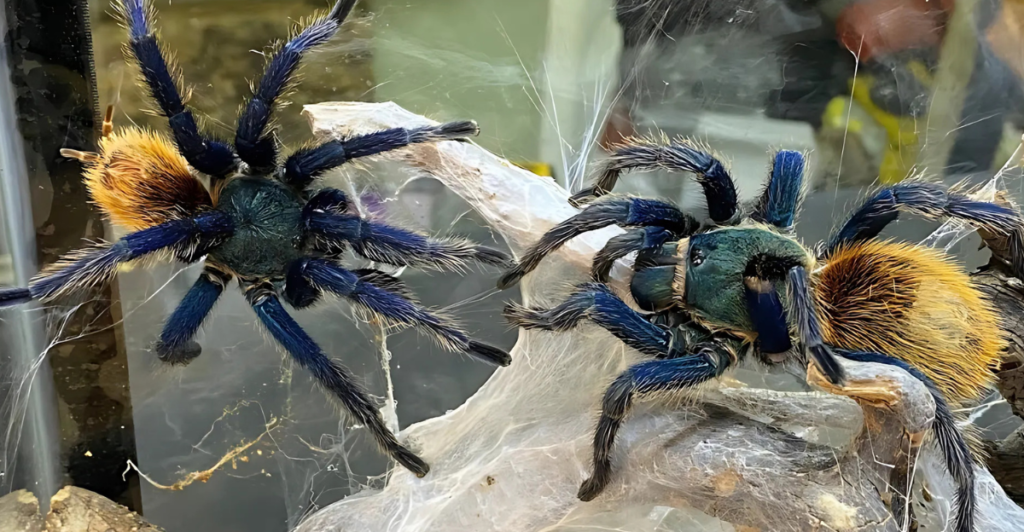
Male tarantulas embark on a journey searching for mates every year as temperatures drop. This natural phenomenon, often called the “tarantula migration,” increases sightings across various U.S. states. While their appearance might be startling, these arachnids play a crucial role in the ecosystem. Let’s explore 13 states where tarantula activity is notably prominent this season.
Colorado: A Hotspot for Tarantula Enthusiasts
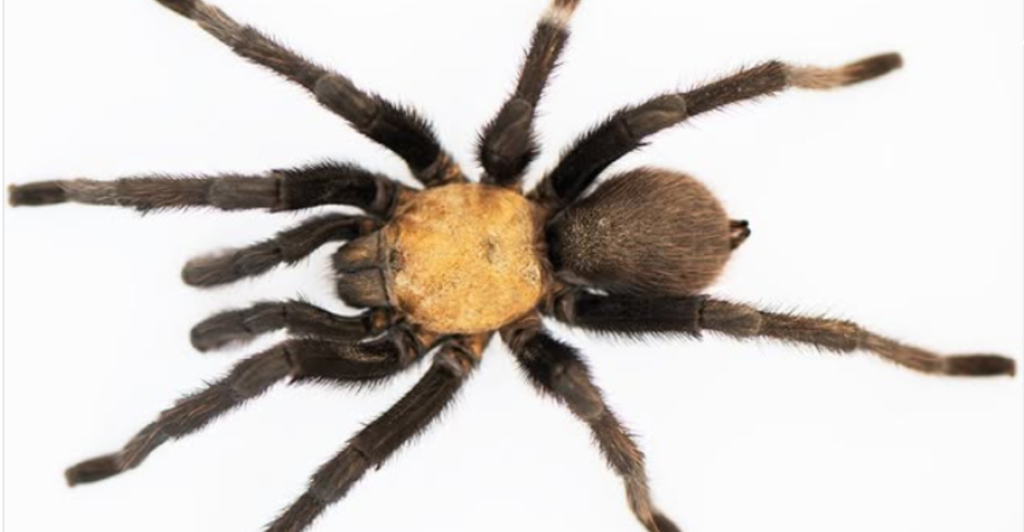
The annual tarantula migration draws locals and tourists to Colorado near La Junta. The ‘Colorado Brown’ tarantulas emerge from their burrows, offering a unique spectacle. The community even hosts events celebrating these arachnids, emphasizing their ecological importance and promoting understanding.
Kansas: The Shy Wanderers
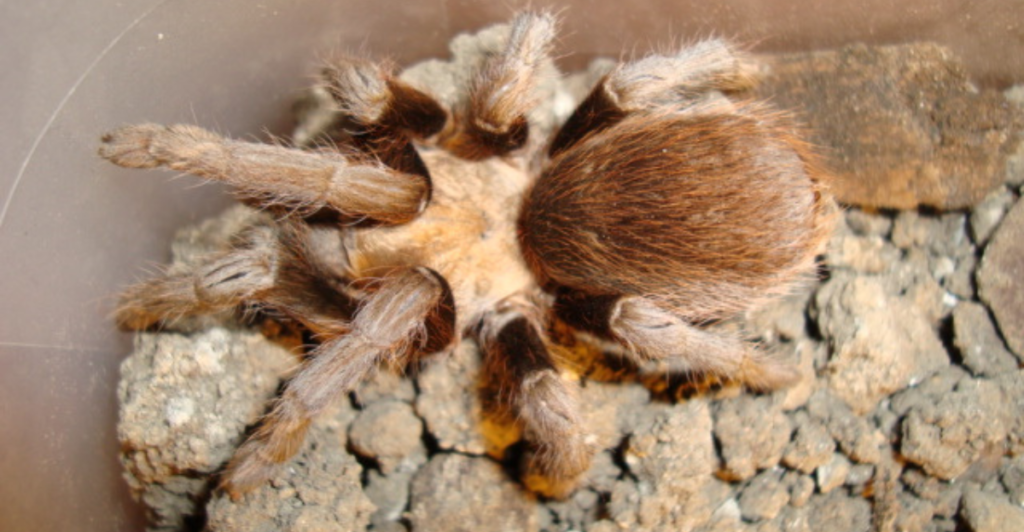
Autumn in Kansas brings increased visibility of tarantulas, especially in regions south of Wichita and west of Salina. These shy creatures, often the Texas brown tarantula, seek mates on the move. Experts advise observing them from a distance, noting their preference to avoid human interaction.
Oklahoma: A Common Sight
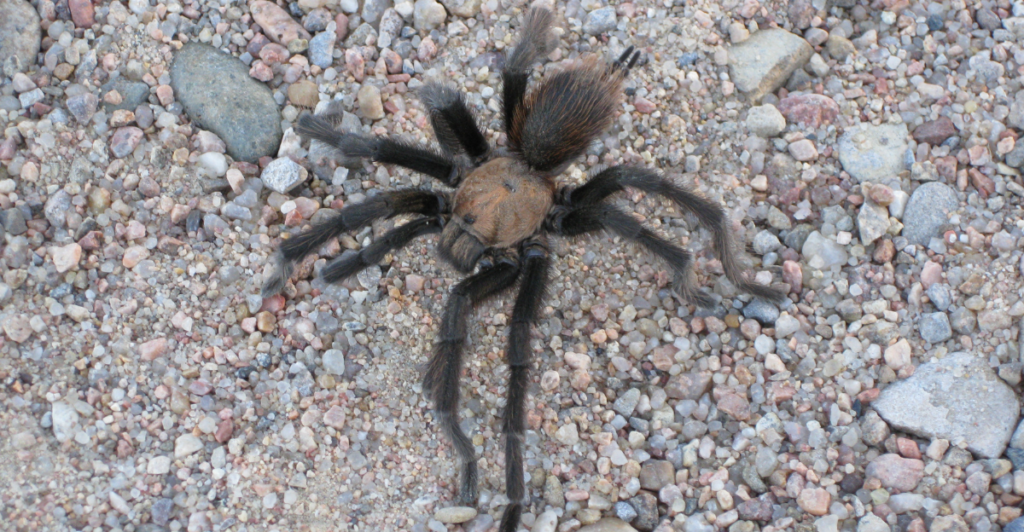
Oklahoma residents may notice more tarantulas during the mating season. The state’s warm climate and suitable habitats make it a favorable environment for these spiders. While their presence can be surprising, they are generally harmless and play a role in controlling insect populations.
Texas: Home to the Texas Brown Tarantula
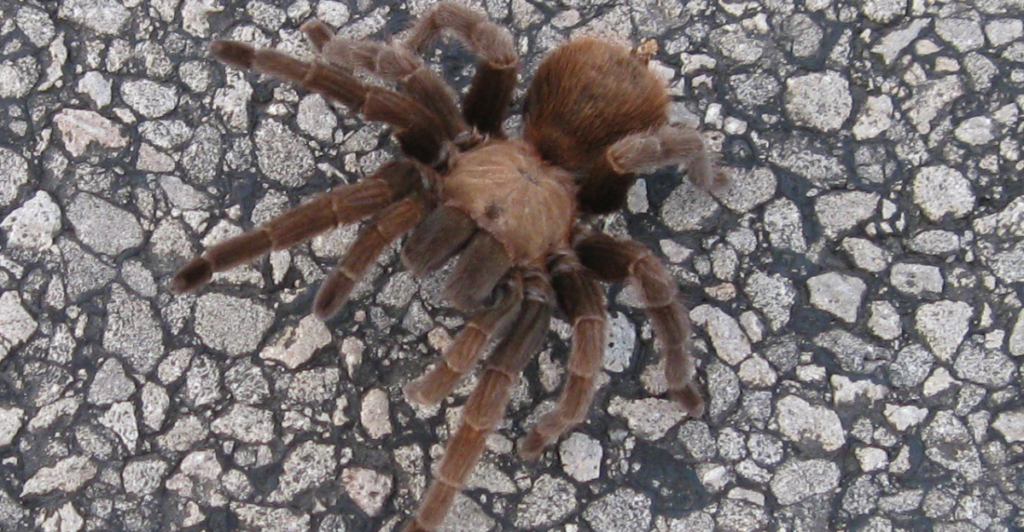
In Texas, the Texas brown tarantula becomes more active during the fall. These sizable spiders are often seen crossing roads and open fields. Despite their intimidating appearance, they are non-aggressive and contribute to the local ecosystem by preying on insects.
New Mexico: Desert Dwellers on the Move
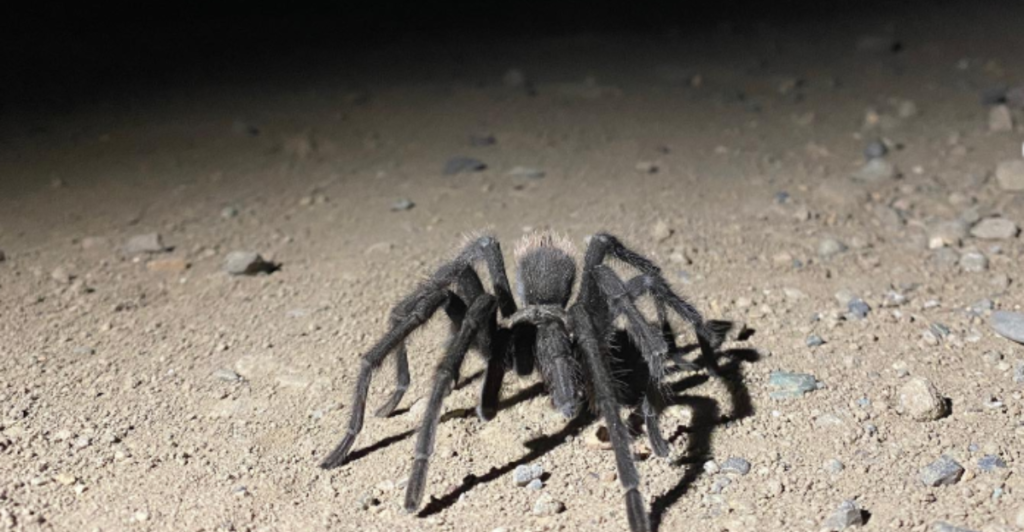
New Mexico’s arid landscapes are home to various tarantula species. During mating season, increased sightings occur as males search for females. Residents are encouraged to appreciate these creatures from a distance, recognizing their role in maintaining ecological balance.
Arizona: Caution on the Greens

In Arizona, particularly in Sedona, tarantulas have been spotted in unexpected places, including golf course holes. Golfers are advised to check cups before reaching in. While their venom is not deadly, exercising caution during this active period is wise.
Arkansas: A Natural Occurrence

Arkansas experiences its share of tarantula activity during the mating season. These spiders emerge more frequently, especially in rural areas. Observing them offers insight into the state’s diverse wildlife and the intricate behaviors of these arachnids.
Missouri: Rare but Possible Sightings
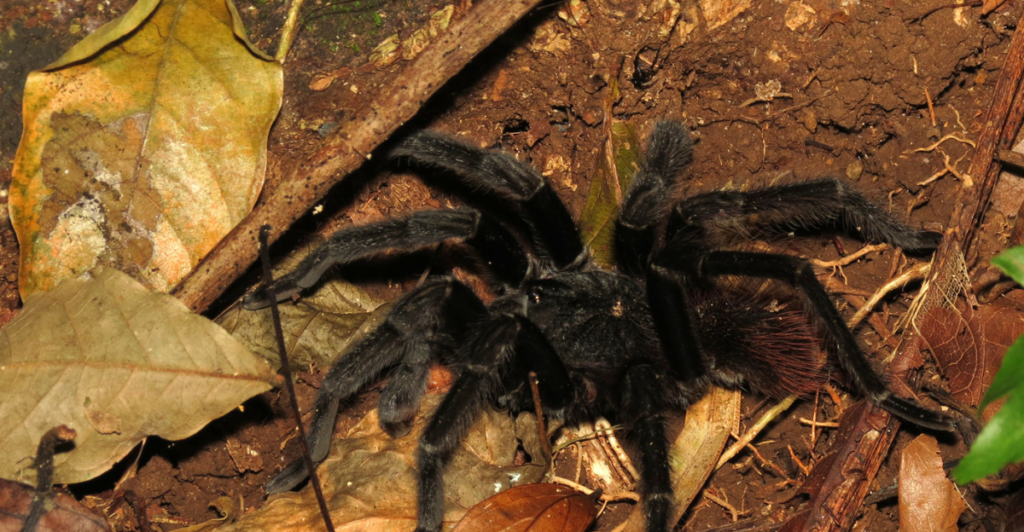
While not as common, Missouri has reported tarantula sightings during the fall. These instances are typically in the state’s southern regions. Residents are reminded of the ecological benefits these spiders provide, including pest control.
Louisiana: Southern Spiders on the Move

The warm and humid climate in Louisiana supports tarantula populations. During mating season, increased movements are observed as males seek out females. This is an excellent opportunity for nature enthusiasts to witness this natural event.
California: Coastal and Inland Encounters
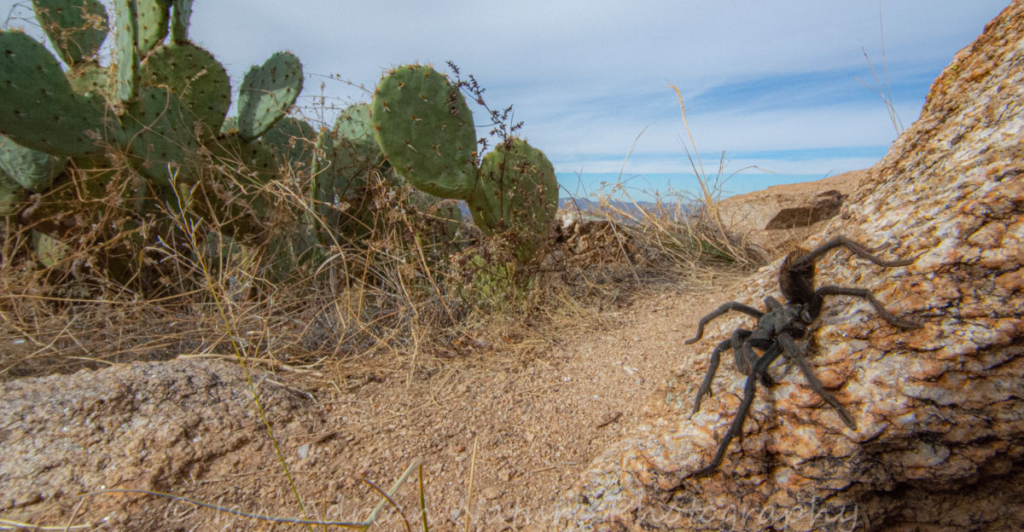
California’s diverse habitats, from coastal areas to inland valleys, see tarantula activity during the fall. Parks and hiking trails may have increased sightings. Authorities often advise hikers to stay on marked paths and observe these creatures without disturbing them.
Nevada: Desert Trekkers
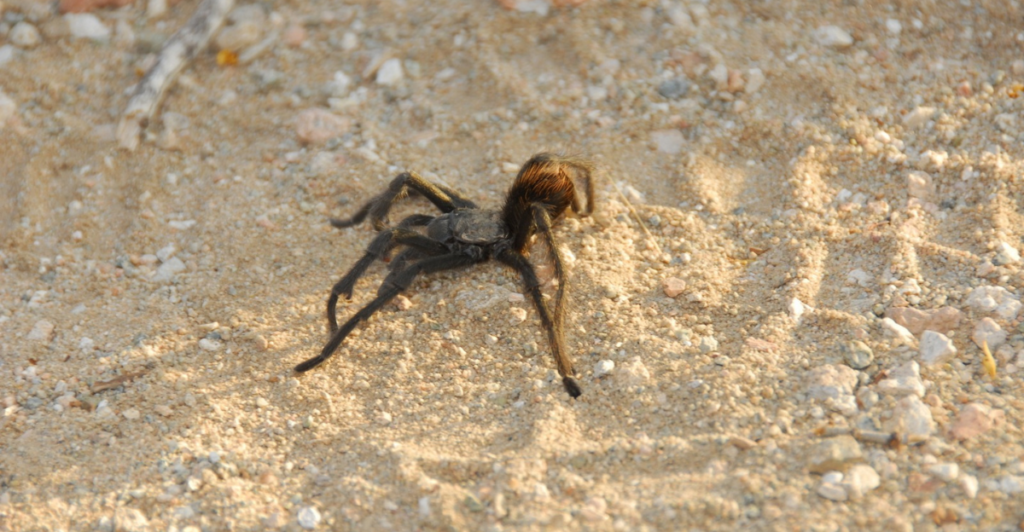
Nevada’s desert regions are home to tarantulas that become more visible during mating season. Travelers on highways and desert roads might spot them crossing. While their appearance can be startling, they are an integral part of the desert ecosystem.
Utah: High Desert Wanderers
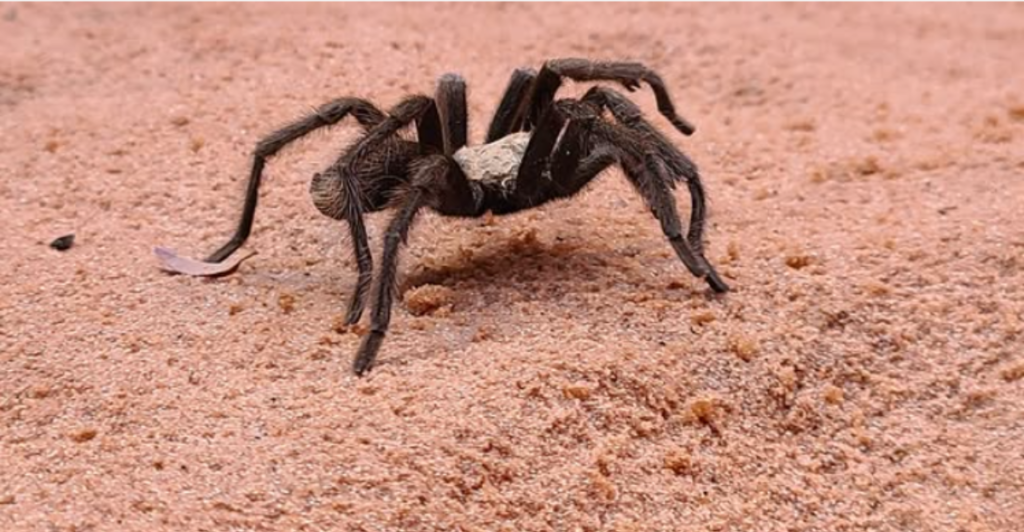
In Utah, particularly in the high desert areas, tarantula sightings increase during the fall. These spiders are part of the state’s rich biodiversity. Residents and visitors are encouraged to observe them respectfully and understand their role in nature.
Coexisting with Tarantulas
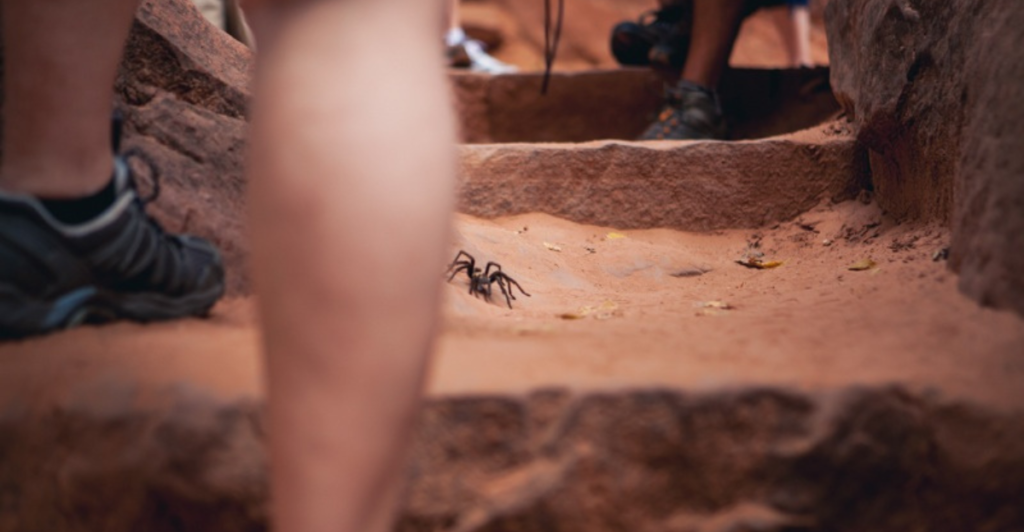
While the increased presence of tarantulas during mating season might be unsettling for some, it’s a natural and essential part of their life cycle. These spiders contribute significantly to controlling insect populations and maintaining ecological balance. By observing them from a respectful distance and understanding their behaviors, we can appreciate the unique role they play in our environment.
Discover more of our trending stories and follow us to keep them appearing in your feed

California Is Breaking Apart: A Fault Line Is Forming Faster Than Anyone Predicted
There Will Be Eruptions”: Concerns Mount as Yellowstone Supervolcano Activity Shifts
Climate Change Overestimated? New Data Shows Oceans Are Cooling The Planet Faster Than Predicted
California Is Splitting Apart: A Fault Line Is Forming Faster Than Anyone Predicted
This article first appeared here
Stay connected with us for more stories like this! Follow us to get the latest updates or hit the Follow button at the top of this article, and let us know what you think by leaving your feedback below. We’d love to hear from you!







